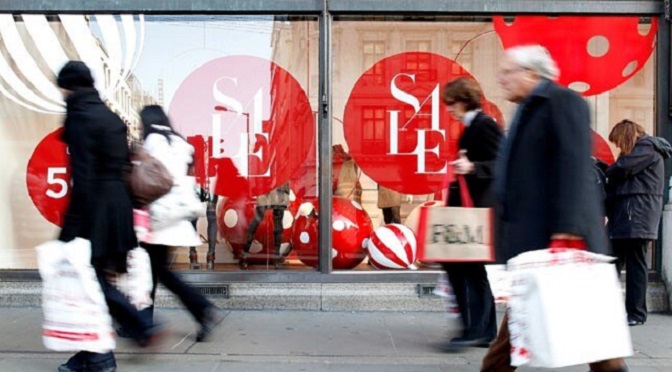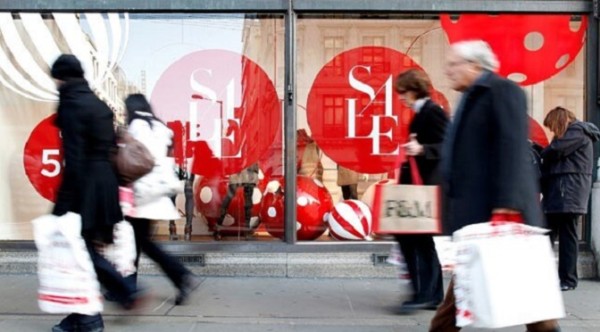RETAILERS TO PREPARE FOR POST-ELECTION HOLIDAY SHOPPING


“Everywhere you turn — whether you’re picking up a newspaper or watching television — political advertisements are taking up ad space that retailers typically use to get holiday shopping on the minds of consumers across the country,” said Matthew Shay, president and CEO of NRF. “Once the election has passed, we anticipate consumers will pull themselves out of the election doldrums and into the holiday spirit.”
In a separate NRF flash poll conducted last week, more than a quarter of consumers say the election will impact their spending plans for the holidays. In addition, 43 percent say they are being more cautious with their spending due to the uncertainty of the election season. However, when push comes to shove, 87 percent of consumers could be convinced to spend an extra $25 this holiday season if tempted by a good sale or promotion, the perfect gift for themselves or others or free shipping.
“Retailers should prepare for a rush of consumers in the weeks following the presidential election as they get more economic and political certainty and are looking to take advantage of promotions and deals that are too good to pass up for their friends, family and even themselves,” Shay said.
Fifty-eight percent of consumers plan to buy for themselves, spending an average of $139.61, up 4 percent from last year’s $133.74 and marking the second-highest level of personal spending in the survey’s 13-year history.
“Many shoppers are taking the approach of ‘one for you, two for me’ this holiday season,” continued Shay. “Retailers are preparing by offering a wide array of merchandise and promotions — items shoppers want to give as great gifts at prices so good they want to buy for themselves too.”
According to the survey, consumers say they will spend $588.90 on gifts for others and $207.07 for items such as food, decorations, flowers and greeting cards this year.
Consumers will shop around, splitting their time almost evenly between three top destinations: department stores (57 percent), online (also 57 percent) and discount stores (56 percent). The survey found 45 percent plan to visit a grocery store/supermarket, 34 percent will shop at clothing stores, 27 percent at electronics stores and 23 percent at small or local businesses. Ten percent of those shopping plan to visit outlet stores, a new category added to the survey this year.
Most online shoppers will take advantage of free shipping (93 percent of those surveyed) and conveniences like buy online, pick up in store or ship-to-store (47 percent). In addition, 17 percent will take advantage of expedited shipping and 10 percent will use same-day delivery.
Close to half of consumers have been tackling their holiday lists early again this year, with 41 percent saying they started shopping in October or earlier. The same percentage said they will start in November, and 18 percent will wait until December. Of the early shoppers, 63 percent say they are trying to spread out their budgets while 49 percent want to avoid the crowds and stress of last-minute shopping.
Gift cards remain among the most popular gifts, sought by 61 percent of those surveyed, followed by clothing and accessories (54 percent), books, CDs, DVDs or videos (40 percent, the lowest in survey history as digital downloads replace hard-copy media), consumer electronics (32 percent), jewelry and home décor (both at 23 percent), personal care or beauty items (21 percent), sporting goods (19 percent) and home improvement items (17 percent).
“While many holiday shoppers are starting early on their gift lists, Millennials are waiting to catch the best deals for their gifts, with nearly half (46 percent) waiting until November to start shopping,” added Pam Goodfellow, principal analyst at Prosper Insights. “Younger consumers are likely to be looking forward to the Thanksgiving/Black Friday shopping ‘experience’ — and know that retailers will be offering great promotions that weekend.”


